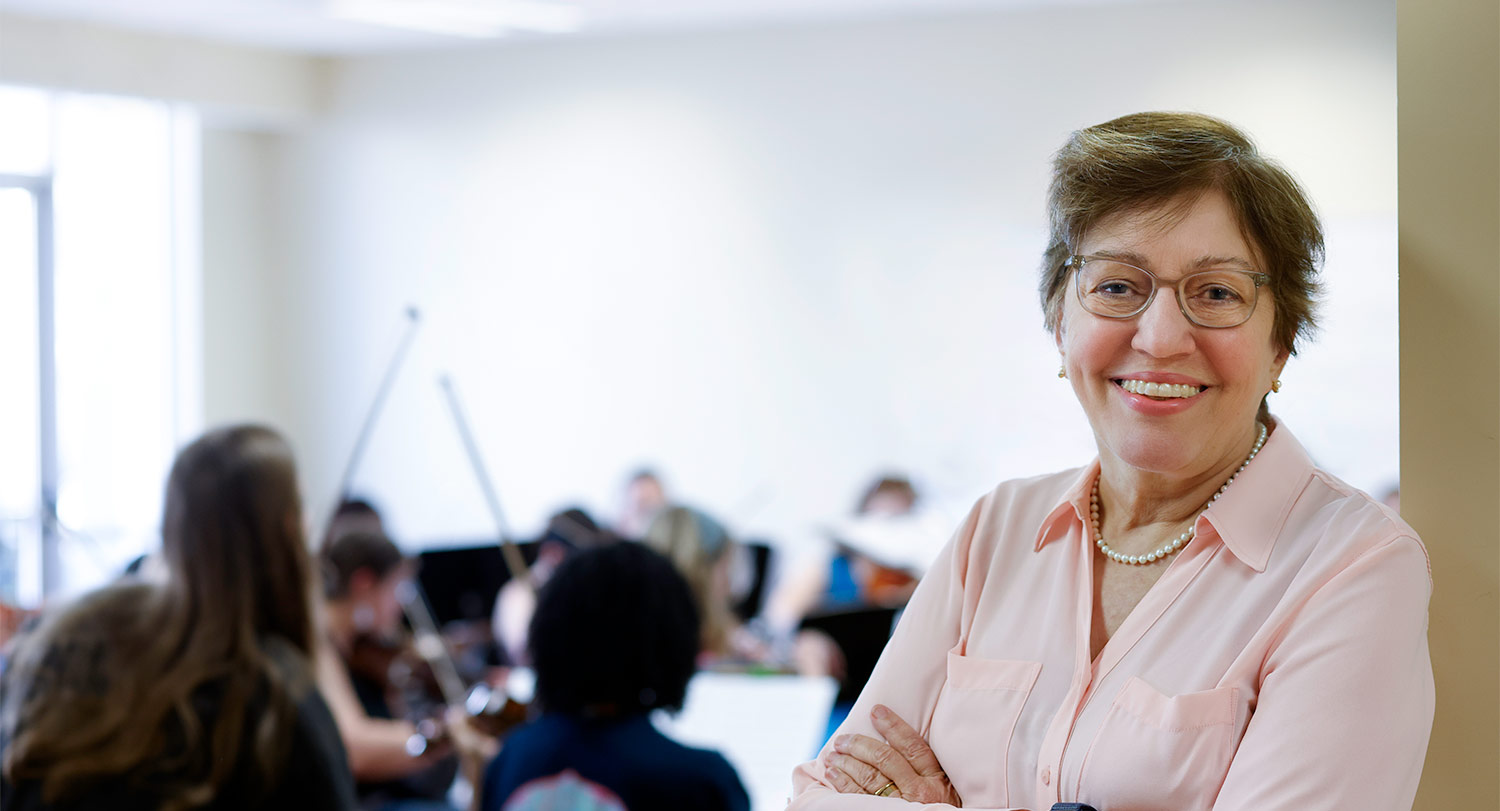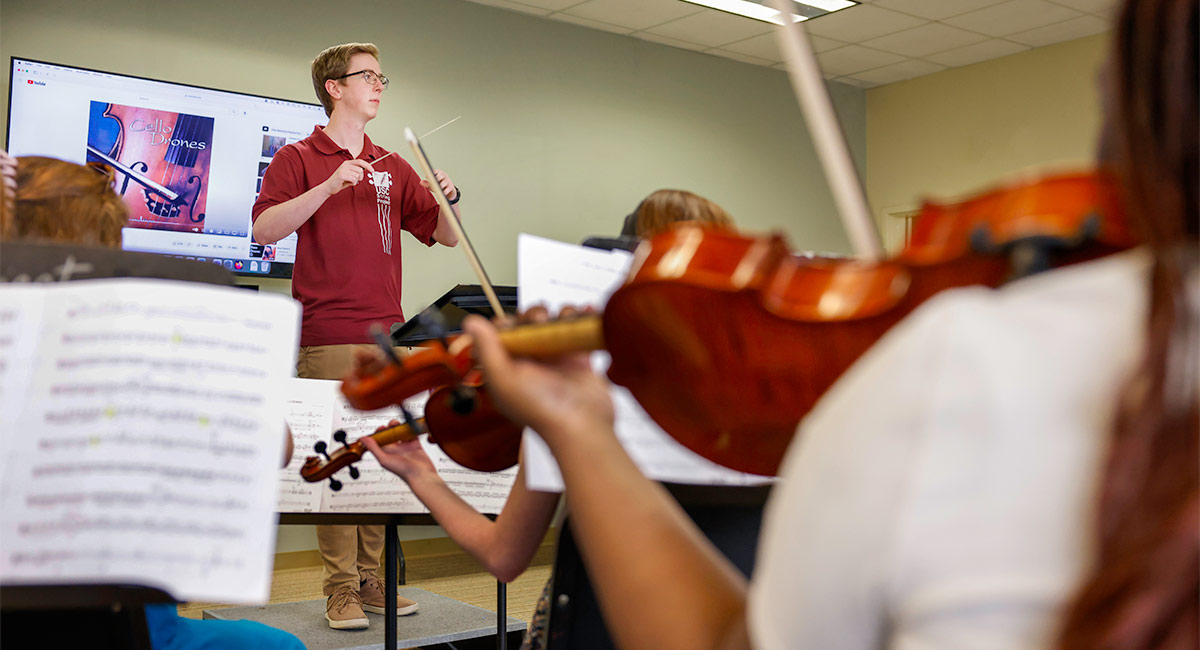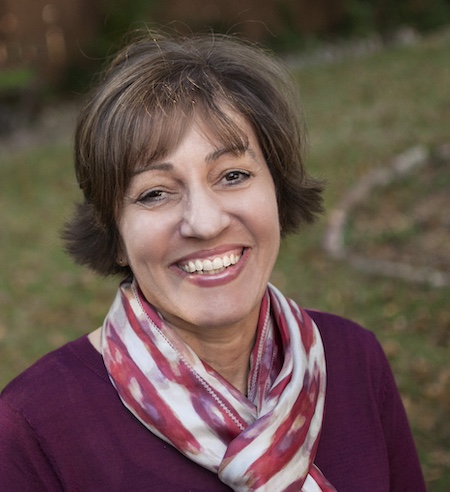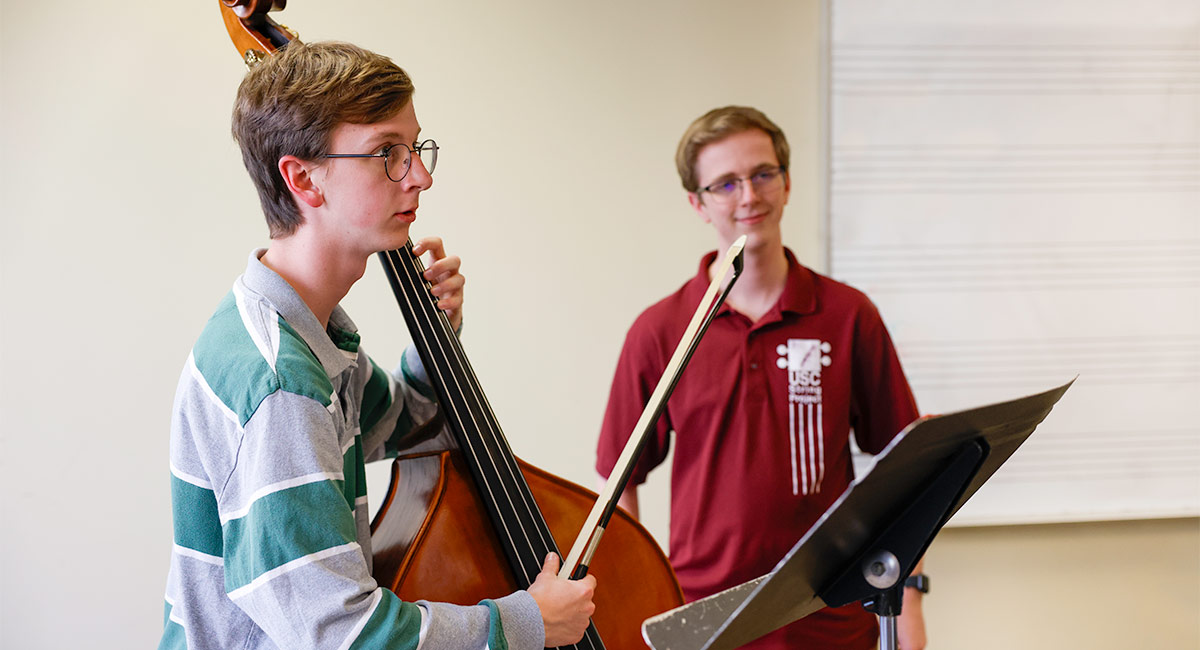
The gold standard in string music education is marking its golden anniversary this year.
For the past 50 years, the University of South Carolina String Project has been the national model in a program that combines music lessons with community service and teacher education.
About 200 children and teens – and some adults – come to the USC campus twice a week, where they are taught violin, viola, cello and bass by music education majors. The String Project has taught thousands of South Carolinians and led to careers for the USC students, who teach the classes, conduct orchestras and offer private lessons under the supervision of faculty members.
The program has raised the bar for music education and has been duplicated by universities around the country. It is the model for National String Project Consortium Grants, which have funded most of the programs at universities around the country.
Gail V. Barnes, USC professor of music education, has been directing the String Project for 27 years, and spent years before that as a music teacher in Virginia public schools. This year, she received the 2024 American String Teachers Association’s Distinguished Service Award for her work developing strong orchestra teachers through the String Project and creating an online home for orchestra educators through the School Orchestra and String Teachers Facebook group.
The String Project will mark its 50th anniversary this year with a celebration set for 7 p.m. April 19 at the Koger Center. String Project students will all be on stage to perform an arrangement of the USC alma mater. The students will then play songs with “golden” in the title to mark the program’s golden anniversary, along with “Golden Celebration,” a piece commissioned for the concert from School of Music Dean Tayloe Harding. The finale will feature the students plus program alumni in a premier titled “The Golden Gateway” by Brian Balmages.
A family affair
The String Project has changed the lives and career paths of students, instructors and families. The Groscost family of Lexington, South Carolina, is one of those.
Dad Nathan Groscost says music was always a big part of his life; he played guitar and a little piano growing up.

“But as I got older, you kind of get out of that because you're focused on working and trying to raise a family,” he says. “But I was always trying to figure out a way to get back into it and do something different.”
That happened in 2012 when he saw an ad for the USC String Project, offering opportunities for adults in the community to get involved and learn to play string instruments. Armed with a violin a co-worker had given him, he signed up, went to class and was hooked on the program, which he describes as part music lessons, part community service.
After his first year, his son Tristan, a cello player in his final year of middle school, started classes at the String Project.
“He was taking music at school, but that was only an hour out of the day. This enforced it,” Nathan Groscost says. “And he just flourished. And then my youngest son, Joshua, when he got old enough to where he could take classes in school, I signed him up.”
His two sons loved the program and were inspired by it. As they moved into high school, they realized they wanted to pursue careers as music educators.

“I think I've got the best job in string education. I really do."
“The String Project really helped kind of pave the road toward their college decisions,” Nathan Groscost says. “I don’t know where else you could do something on such a big scale. It’s great for the community, but it's also great for anybody that thinks they may want to be a music educator. As far as the USC student is concerned, it’s on-the-job training, it’s great practice. And it really makes them realize whether this is really what they want to do.”
For his sons, the answer to that question has been a resounding yes. As an undergraduate, Tristan taught younger students at the String Project. Now working on his master’s in music education, he is a graduate assistant working with program director Barnes on both the musical and administrative sides of the program.
His brother Joshua, who took String Project classes through middle and high school, is now a freshman music education major at Carolina and learning to be a teacher through the String Project.
“I think that they always knew that they wanted to do something with music,” their father says. “But I think String Project really kind of opened the door and let them realize that there are real jobs that you can do that are involved with music.”
That’s the message the USC String Project has been spreading for 50 years.
A successful run
The USC String Project was initiated in 1974 by William Moody, who was head of the university’s School of Music, and directed in the beginning by John Bauer, a violin professor. For 15 years, it was directed by Robert Jesselson, now a Carolina distinguished professor emeritus and the 2013 Governor’s Professor of the Year. Jesselson, a cello professor, built the String Project into one of the country’s largest and most prominent string education programs.
Barnes took over in 1997 and has continued the program’s impact on the Midlands and beyond. For Barnes, introducing people to string instruments is something of an equity issue, making sure people are exposed to all types of music.
“Not everybody wants to play a trumpet. Not everybody wants to sing. People should be able to play the instrument they want to play,” Barnes says. “I think I would have played anything, but I'm really glad somebody put a viola in my hand. The viola ended up being a pathway for my education.”

She also says having the combination of community service and teacher education is ensuring the success of young teachers who leave USC understanding what it takes to function in a school. The teaching assistants are working with children on Day One, playing a huge role in the program. As they progress through USC, the students start taking on larger roles in the String Project and teaching private lessons and eventually, small and large group classes.
It helps prepare them for when they take on their own classes and student orchestras at schools around the state and the country. For example, one of her music education students recently told her, “Dr. Barnes, I am really grateful you made us do all that teaching, because I am crushing student teaching.”
The program also has kept its tuition reasonable, with students starting at about $100 a semester for twice weekly classes, which Barnes said is key to keeping the program accessible. The cost goes up slightly for older and more advanced students in the orchestras.
The university, too, has continued its support of the program, with the String Project housed in its own building at 851 Park St., adjacent to the School of Music Building. The location includes large classroom rehearsal space and small practice rooms, making it convenient and comfortable for students, teachers and parents.
“I think I've got the best job in string education. I really do,” Barnes says. “The curriculum here for string majors is so good. And the support we have for the String Project is excellent. We're getting great students. Our string faculty is first-rate. There isn’t anywhere else I would want to be.”
If you're going
The USC String Project will mark its 50th anniversary this year with a celebration set for 7 p.m. April 19 at the Koger Center. Tickets are available online.